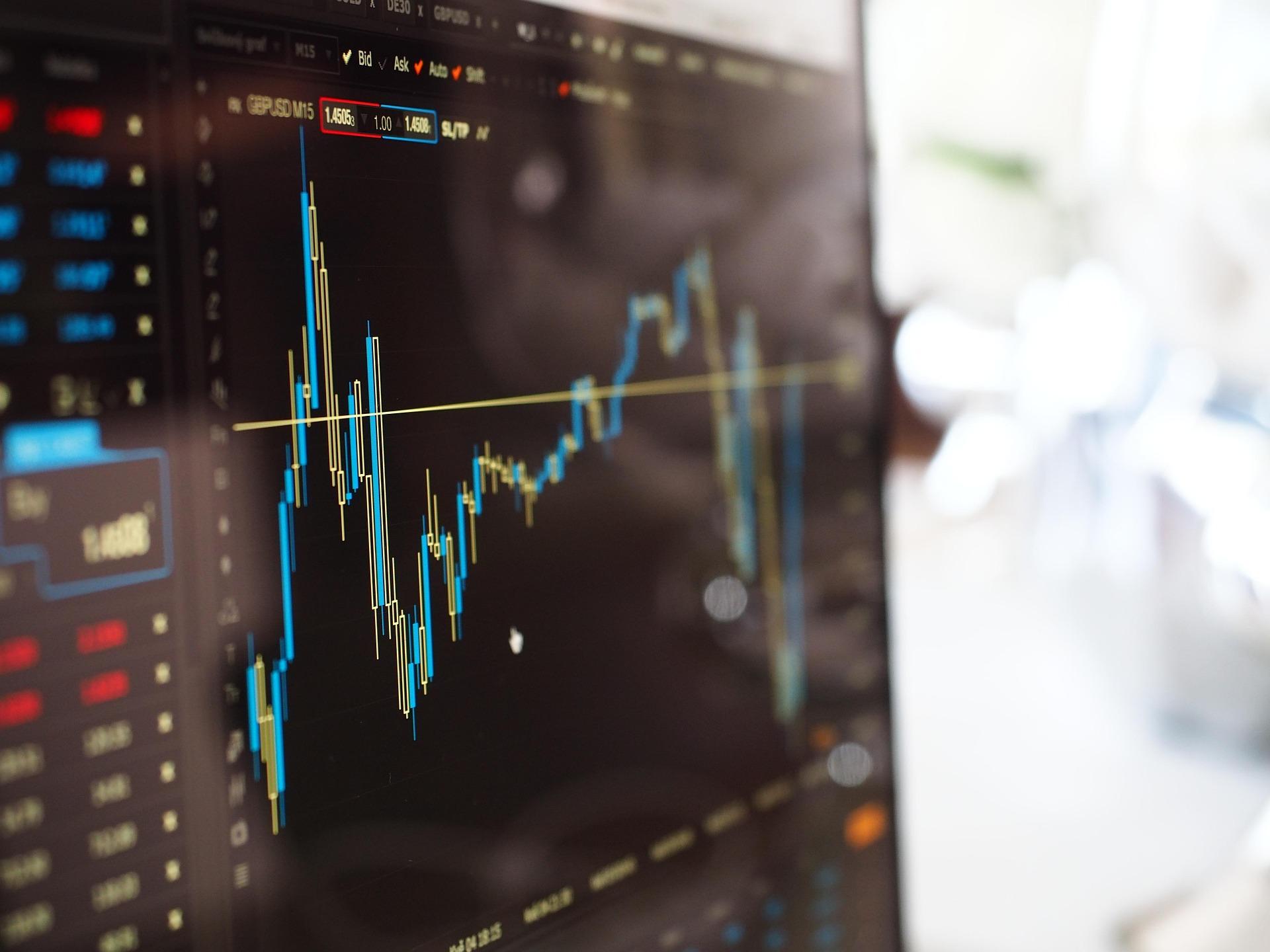
The past three months of United States trade policy have felt less like a fresh presidential mandate and more like replaying an old cassette at double speed. In a span of just 90 days, President Donald Trump has re‑opened tariff battles with more than thirty countries, dangled the promise of rapid‑fire bilateral deals, and shaken—but not broken—global financial markets. Below is a structured walk‑through of everything that has happened, why it matters, and what the next few weeks could bring.
1. A 90‑Day tariffs pause
Tariffs back on the front burner:
30 percent duties announced over the weekend on the European Union and Mexico—Washington’s two largest trading partners.
A one‑sided 20 percent tariff threatened against Vietnamese goods; Hanoi is expected to keep its own rate at zero.
A surprise 50 percent measure on Brazil, even though the United States already runs a trade surplus with the country—underscoring the political rather than economic nature of the move.
Deals that did (and did not) happen:
Partial accord with the United Kingdom, still fuzzy on automotive concessions.
“De‑escalation” framework with China, but a firm deadline of 12 August looms before duties snap back.
No comprehensive free‑trade agreement has yet emerged despite Mr. Trump’s 9 April pledge to sign 90 deals in 90 days with the 150 nations he said were “waiting in line.”
2. Market Reaction: From Panic to Poise
Back in the first week of April, every tariff headline translated into a sharp sell‑off across equities, bonds and currencies. This time around, the reaction has been surprisingly muted:
Equities fell briefly on Monday but quickly stabilized, reflecting a belief that the 1 August implementation date might be postponed or the new rates negotiated lower.
Treasuries and the dollar showed only modest safe‑haven inflows—nothing like the rush seen in early April.
Commodities have responded unevenly. Gold surged over four consecutive trading days while silver rallied harder as a “catch‑up” trade.
3. India and the EU Seek Openings
New Delhi–Washington track: An Indian delegation is due in the United States shortly to reopen tariff‑cut talks that lost momentum in late June. Both sides hope to convert that window into a fuller agreement before the U.S. election cycle heats up.
Brussels–Beijing balancing act: The European Commission’s executive vice‑president is in Beijing this week, pushing for fair‑trade guarantees while criticizing China’s “industrial over‑capacity.” At the same time, she has called India “critical” to the EU’s economic strategy and vowed to close an EU‑India free‑trade pact by year‑end.
Berlin’s shuttle diplomacy: Germany’s chancellor spent Friday phoning President Trump, French President Emmanuel Macron and Commission President Ursula von der Leyen, later telling German television she is “optimistic” a U.S.–EU deal can be struck.
4. Brazil: A Tariff Nobody Saw Coming
Brazil routinely buys more from the United States than it sells, so Brasília never expected to land on Washington’s tariff list. Analysts see the decision as linked to domestic Brazilian politics—specifically the prosecution of former right‑wing president Jair Bolsonaro—rather than to any export‑import imbalance. Complying with American pressure to drop that case would be an unprecedented concession no sovereign state is likely to make.
5. The Jane Street Episode and Market Integrity
Indian markets were whipsawed Monday morning by media reports that proprietary trading firm Jane Street had both (a) paid a ₹4,400 crore penalty imposed by the Securities and Exchange Board of India (SEBI) and (b) won an immediate restoration of trading rights. Only the first part is verified; lifting of the interim trading ban would normally require a separate hearing and detailed order. The episode underscores a critical gap: real‑time, on‑record clarification from regulators inside market hours is essential to prevent rumor‑driven price spikes, particularly in capital‑market‑linked shares.
6. Economic Data Check
China’s June numbers: Exports rose 5.8 percent year‑on‑year, while imports flipped from contraction to modest growth—evidence that global goods demand is healthier than headlines suggest.
Precious metals: Silver continues to outperform gold as long‑dormant industrial demand converges with safe‑haven buying.
Crude oil: Brent has struggled to hold above USD 70/bbl despite Saudi Arabian output above quota, because traders are bracing for fresh U.S. sanctions—possibly as steep as 500 percent tariffs—on Russian crude buyers. Should those materialize, supply tightness could return fast.
U.S. inflation watch: June consumer‑price data lands Wednesday; consensus expects a sizable month‑on‑month gain, keeping the Federal Reserve under pressure even as political attacks on Chair Jerome Powell intensify.
7. Why This Cycle Feels Different
In President Trump’s first term, tariffs arrived only after two years of fitful negotiations. In 2025 they have been an opening gambit. Markets, regulators and foreign governments are therefore learning to treat each headline as a bargaining chip rather than a final verdict. The resilience evident in stocks, bonds and currencies over the past week reflects that shift—but also embeds an assumption that common sense will ultimately prevail. If it does not, the calm may prove temporary.
8. What to Watch Next
1 August tariff clock: Does the White House suspend, reduce or implement the new 30 percent rates on the EU and Mexico?
12 August China deadline: Failure to finalize the de‑escalation deal would re‑impose earlier duties and could spill into technology‑export controls.
EU–India FTA timeline: Concrete chapters on autos, data flows and intellectual property are still missing; negotiators aim to close gaps by December.
SEBI’s final order on Jain Street: A precedent‑setting ruling could reshape how quickly market bans can be lifted after monetary settlement.
Potential 500 percent penalty on Russian oil buyers: Even partial adoption would ripple through diesel and aviation‑fuel markets worldwide.
Disclaimer: This article is for informational purposes only and should not be construed as investment advice. Readers should consult qualified professionals before making financial decisions.




